

On Monday, Freight Right's CEO Robert Khachatryan appeared on Ticker News Australia to discuss the logistical and pricing challenges direct-to-consumer merchants face selling big, bulky, luxury and oversized goods to new markets.
Watch the segement below:
Challenges of Oversized Ecommerce with Freight Right's Robert Khachatryan: Ticker News Australia
Learn more about Freight Right's solutions for Shopify merchants selling oversized goods & Freight Right's international taxation for ecommerce merchants services.
Ticker News:
Shipping large or oversized goods across borders has long been a challenge for e-commerce brands, but smart logistics is opening new doors for global growth. Joining me today is Robert Khachatryan from Freight Right Global Logistics.
It's good to have you with us. What are the biggest logistics and cost challenges you're seeing with oversized international shipping right now?
Robert Khachatryan:
Yeah, thanks for having me. Most brands simply can’t calculate the shipping. International for heavy goods is very complicated. You have trucks, ships, containers, port fees, airport fees—it’s extremely hard to figure out what to charge the customer, unlike parcel shipping where UPS and FedEx can easily tell you what to charge.
Ticker News:
Yeah, 100%. There are so many more moving parts to this stuff that I think people maybe take for granted at times.
Why are some e-commerce brands perhaps missing out by avoiding these cross-border opportunities that you and your team have identified?
Robert Khachatryan:
A lot of brands get a lot of inquiries, and they simply can’t handle them. They just turn them away, or ask customers to email an address and then try to get manual quotes from freight forwarders. It takes many days, and by the time they get back to the customer, the urge has passed and they move on. They lose the sale. So the conversion rate on these manual orders is extremely low and almost not worth the trouble.
Ticker News:
100%. And of course, nothing worse than a cart that remains unprocessed—people fill up their carts and just leave the website.
But how does direct international fulfillment help reduce those costs and boost that reach that so many e-commerce businesses are after right now? It seems to be a busy market.
Robert Khachatryan:
Absolutely. I’ll give you an actual example of an Australian brand that imports container loads of their product to Australia. When they have a sale in the United States, until now they would either turn it down or manually quote and then ship that item from Australia to the U.S.
Now, we’re able to calculate the shipping on the spot, and once the customer checks out, we ship that product directly from their Asian factory to the U.S. consumer—instead of shipping it to Australia, paying duties and taxes there, and then shipping it again to the U.S.
Basically, you unclutter all the expenses and logistics. It’s much faster, much cheaper. And now that brand can sell to American consumers without having a physical presence in the U.S.
Ticker News:
And jumping through all of those hoops—and picking up all of those taxes along the way—is something so many e-commerce brands just cannot afford to build on.
What steps do you think brands can take now to prepare for global expansion? What sort of advice or ideas might you present today, Robert?
Robert Khachatryan:
I think—study the markets. If you have any kind of traffic from other countries, check which countries tend to be interested in your product. Make sure your product is compliant with local regulations—basic things like voltage, plug and outlet matching, and user instructions.
For Australian brands specifically, maybe target English-speaking countries. That’s where you start. Then reach out to a company like Freight Right to see how you can quickly start selling in that market.
Ticker News:
Robert, tell us a little bit more about Freight Right. What kind of solutions are you bringing to the table, and how are you making it such a seamless experience for folks looking to get their products overseas?
Robert Khachatryan:
We’re based in Los Angeles—a nimble team of about 50 employees. We’ve been in the business of international logistics for almost 20 years. We’ve worked with many brands that sell large items, and we used to quote manually and handle those shipments for their customers.
Eventually, we spent a lot of time studying and understanding the problem, and built the technology to automate both quoting and tracking visibility—basically bringing the freight-forwarding world, which was traditionally B2B, to a consumer-level standard where you can actually meet consumer expectations.
Ticker News:
That’s fantastic. And that 20 years of experience—that legacy, if you will—is so invaluable, especially as things change so rapidly.
Robert, if people want to find out more, who are your clientele, who are you expecting to knock on the door, and where can they go to learn more and engage with you?
Robert Khachatryan:
We want to hear from brands that sell online and sell large items—those interested in selling internationally. They can find us at freightright.com, and we’ll take it from there.
Ticker News:
Get your freight right—good job. Thank you so much for joining us on the program and giving us such a succinct rundown. Certainly interesting times when the world is shipping things from one end to the other every day. If you’ve ever seen one of those shipping maps, the amount of movement is incredible.
So, good on you for keeping an eye on it.
Robert Khachatryan:
Thanks a lot.
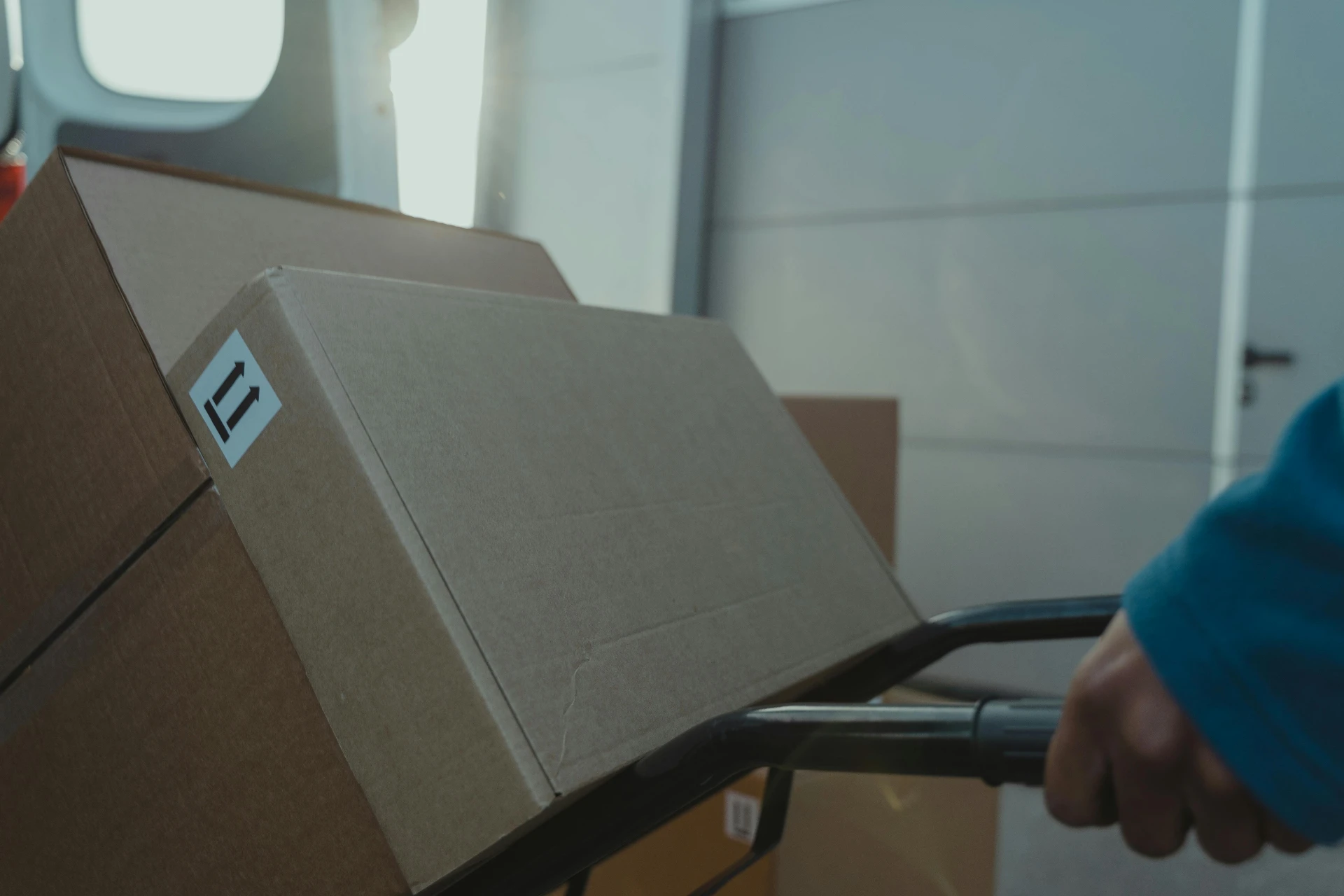
Freight Right CEO Robert Khachatryan joins the E-commerce Coffee Break podcast to share insights on shipping large, heavy, and high-value goods internationally, avoiding hidden costs, and expanding into 45+ markets without a local presence.

Some exciting news from our corner of the logistics world—our CEO, Robert Khachatryan, has been shortlisted for the The LA Times Studios - LA Executive Leadership Awards.

US consumer expectations have continued to evolve each year. We've pulled the latest research and surveys regarding US consumer buying preferences specifically around the desire around 2-day and same-day shipping preferences.
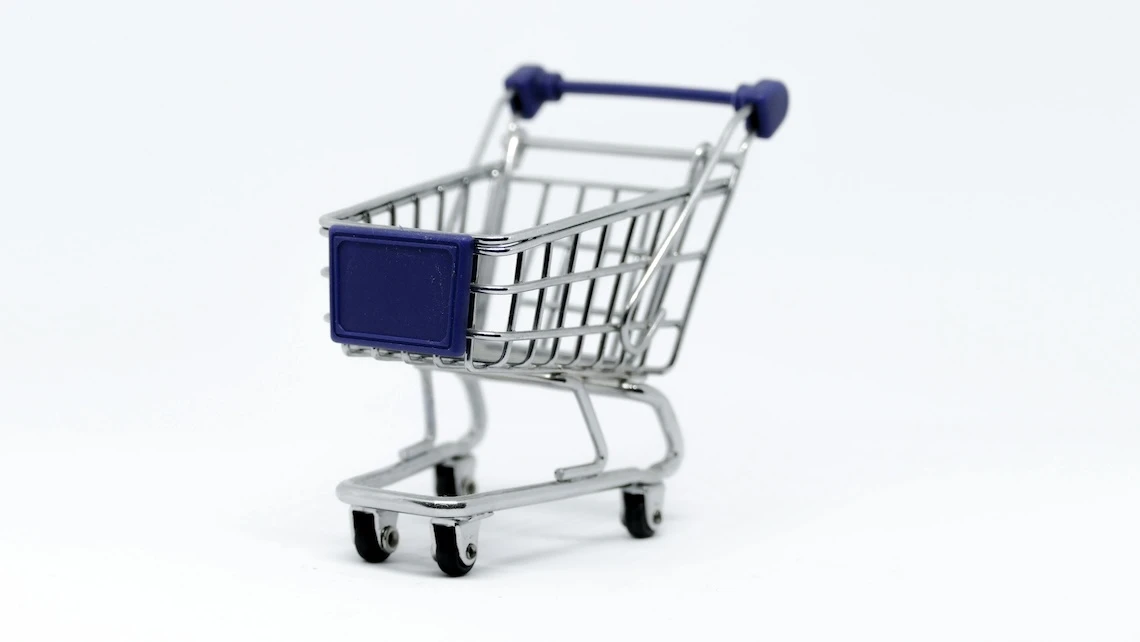
Learn the top 2 reasons for eCommerce cart abandonment—high shipping costs and slow delivery—and discover actionable strategies to reduce lost sales and boost conversions.

Founder & CEO of Freight Right Global Logistics, Robert Khachatryan, sat down with Tuck Ly, Vice President of Clearpoint International, to discuss the major issues affecting the global supply chain and port congestion
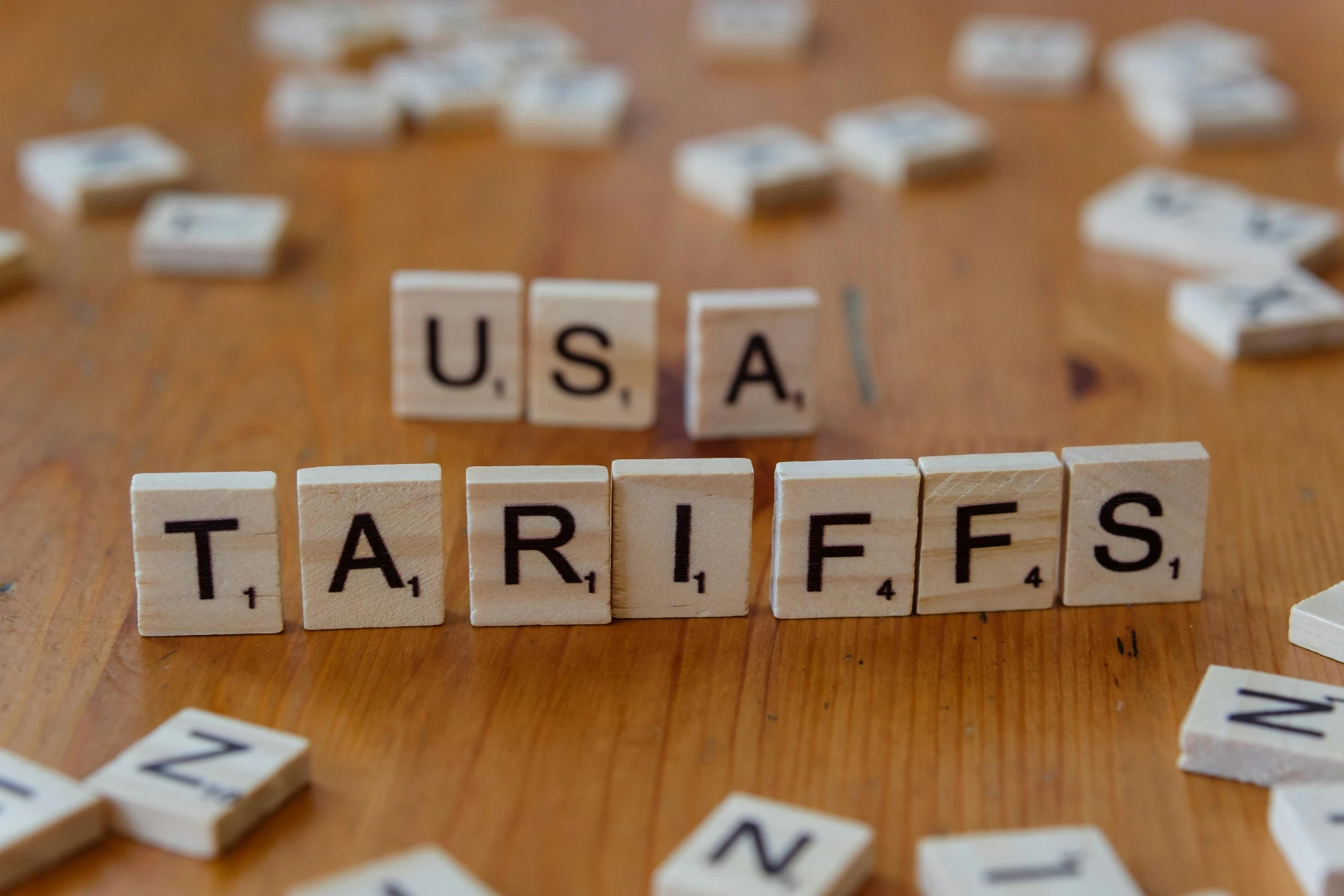
The White House has announced new tariffs on branded pharmaceuticals and launched national security probes into medical equipment and robotics. Learn what’s changing, how hospitals and manufacturers could be affected, and where to track historical HS/HTS.
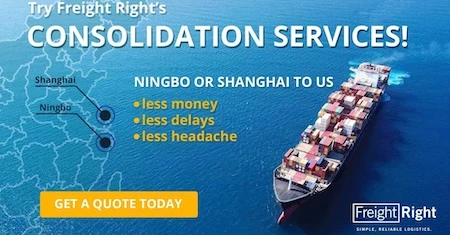
Freight Right is now offering direct consolidated ocean shipments to the Port of Long Beach and Los Angeles.

FEU & TEU rates change slightly week-over-week, importers that can afford to keep importing are continuning to do so while those that are hamstrung by tariffs are sidelined and the August 1st tariff deadline is one week away.
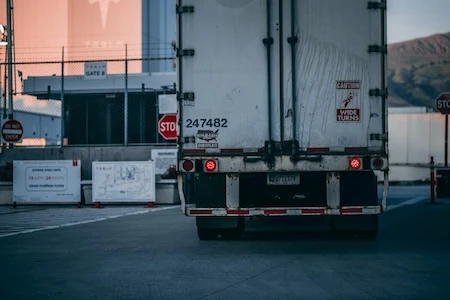
The amount of truckers is dwindling and it is not good news for the freight industry. Why is this happening and what are the long and short term solutions?
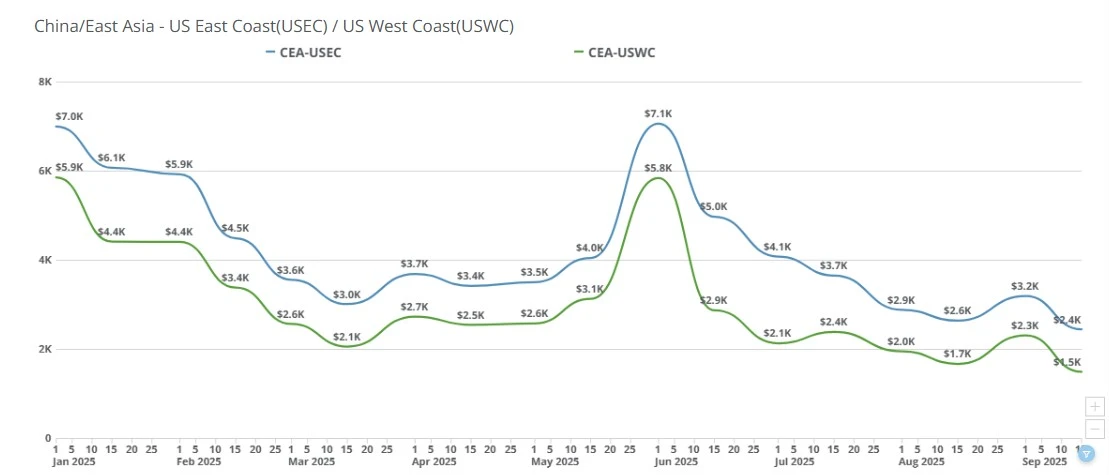
China–US ocean spot rates eased WoW as early-September GRIs faded. USWC nears trough, USEC softens, and fierce forwarder pricing persists ahead of Golden Week.